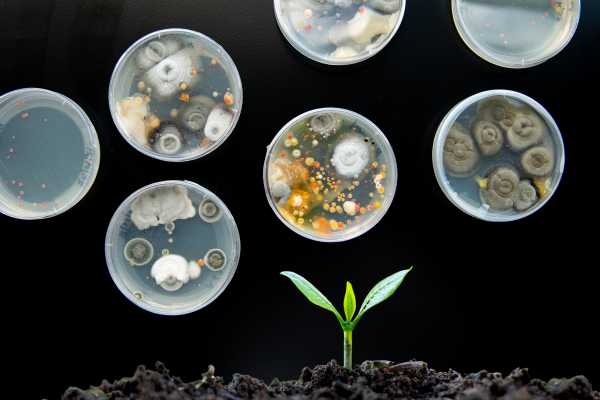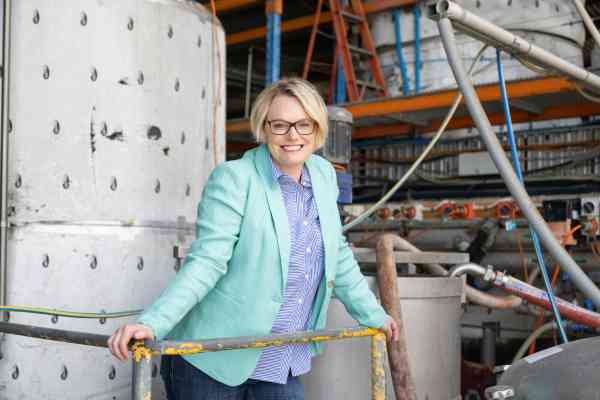Farmers join quest to capture carbon
Microbial technology to supercharge a plant’s capacity to store carbon is put out to pasture.

Microbial technology that supercharges a plant's capacity to store carbon in soil will soon be put out to pasture.
A new type of seed treatment that works at the root of the plant to store significant amounts of carbon stably in soil has recently been launched, offering a vision for carbon removal at a gigaton scale.
The microbial technology from Australian startup Loam Bio puts carbon capture into the hands of farmers who have until now faced barriers to participating in carbon markets.
The tech will enable them to remove CO2 from the atmosphere, become leaders in climate action and improve their productivity, according to Loam Bio co-founder and Chief Product Officer, Tegan Nock.
“There’s not been a technology like it in the marketplace before, and it presents a unique value proposition for farmers. You don’t have to change practices dramatically to start on the carbon farming process.”
Capturing more carbon
Carbon has been slowly declining in cropping soils globally, to around 60 per cent since industrial agriculture.
Loam Bio says its CarbonBuilder products can not only reverse that, they can store significantly more carbon stably in agricultural soils than many other land management strategies (see tech box).
Loam Bio reports its tech has been shown to build between 3-6t CO2e per hectare annually in trials and pilots in Australia and the US, demonstrating the potential to use the world’s agricultural soils as an enormous carbon sink.
“It’s exciting that agriculture can be part of the solution to a massive global problem, in a real way,” says Loam Bio co-founder and head of agronomy, Guy Webb.
"There’s not been a technology like it in the marketplace before, and it presents a unique value proposition for farmers."
Fertile opportunities
Loam Bio has to date attracted A$150 million in investment, which will be used to scale its operations globally.
This includes a recent round of $105m led by Lowercarbon Capital and Wollemi Capital with participation from Horizons Ventures, Acre Venture partners, Main Sequence, the Clean Energy Finance Corporation (CEFC), Grok Ventures and others.
Loam Bio launched CarbonBuilder in Australia earlier this year and is aiming for commercialisation in the US next year, followed by expansion into Brazil.
Loam Bio co-founder and CEO Guy Hudson says the role of beneficial fungi in agriculture has been hugely underexplored. “We’re only just starting to understand how important these organisms are in the ecosystem.”
The tech
Microbial science is behind Loam Bio’s CarbonBuilder seed coating which supercharges a plant’s natural ability to store carbon in soil. Tiny soil microbes, like fungi and bacteria, have the ability to store carbon in stable forms. Loam Bio’s CarbonBuilder seed treatment taps into this, increasing carbon within structures in the soil called micro-aggregates, which increases the amount of CO2 stored for the long-term.
Who funds it
Loam Bio has to date attracted A$150 million in investment including a recent round of $105m led by Lowercarbon Capital and Wollemi Capital.
Is it ready to roll
Loam Bio launched CarbonBuilder in Australia earlier this year and is aiming for commercialisation in the US next year, followed by expansion into Brazil.





